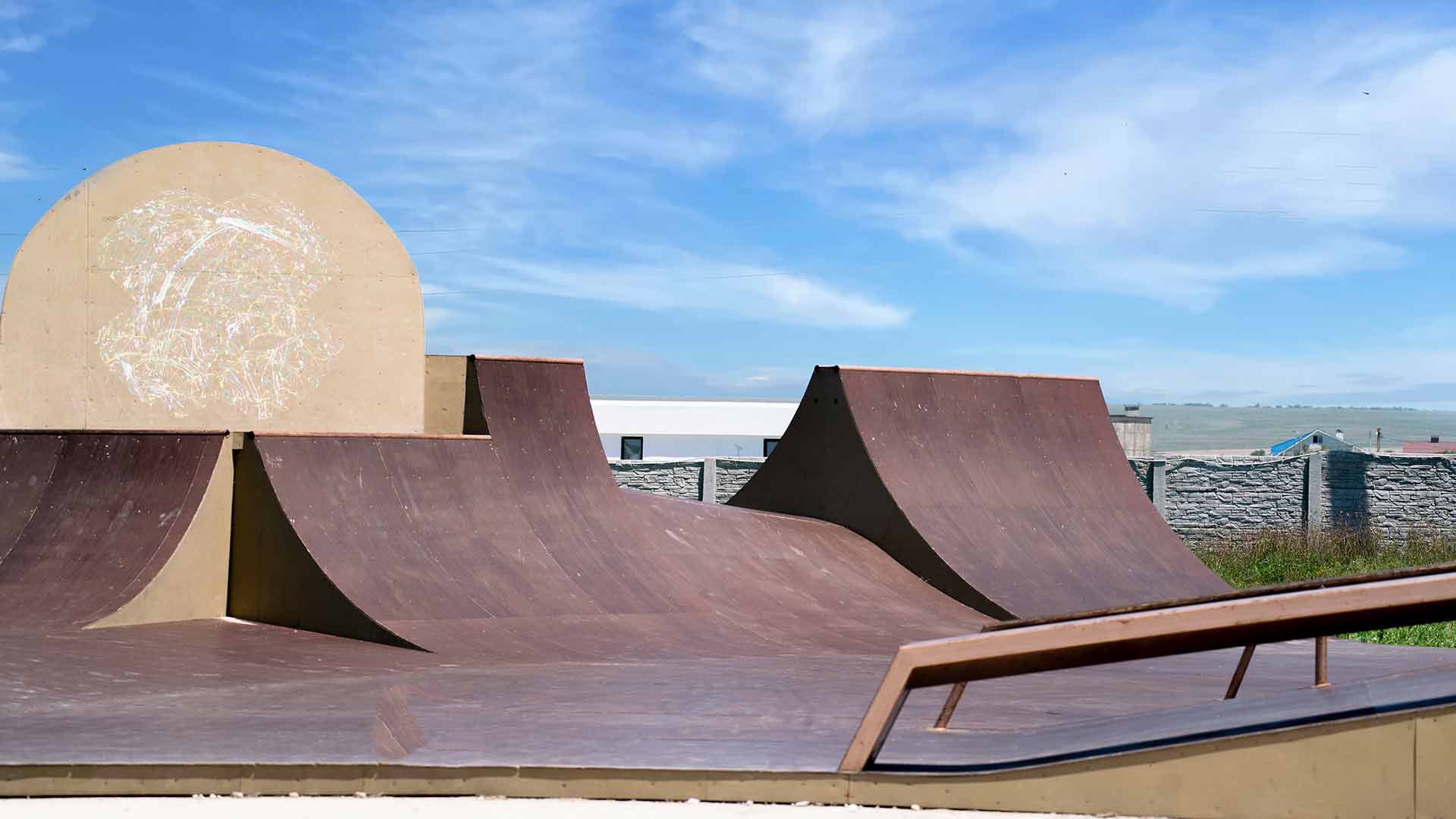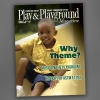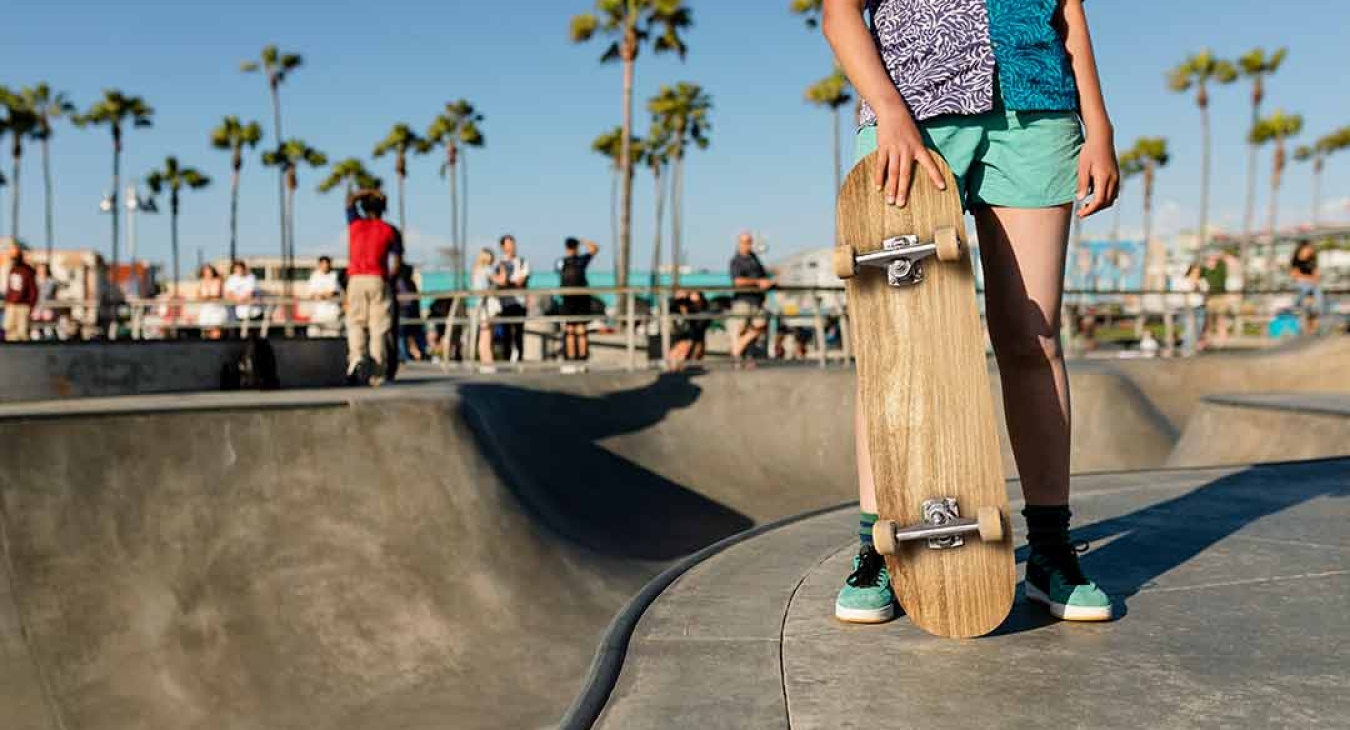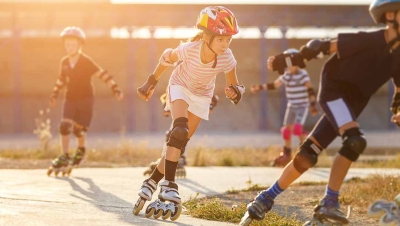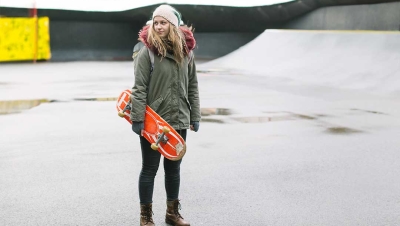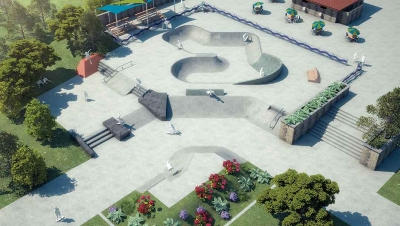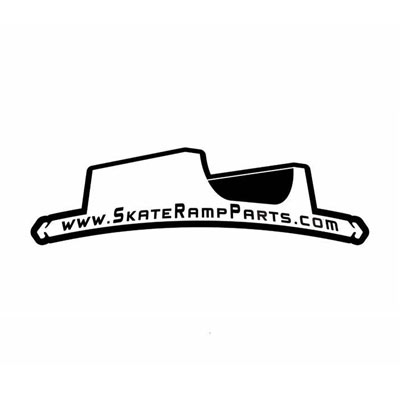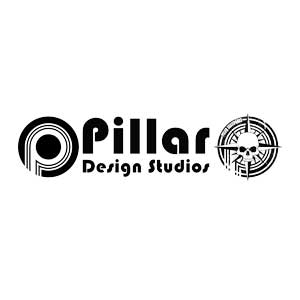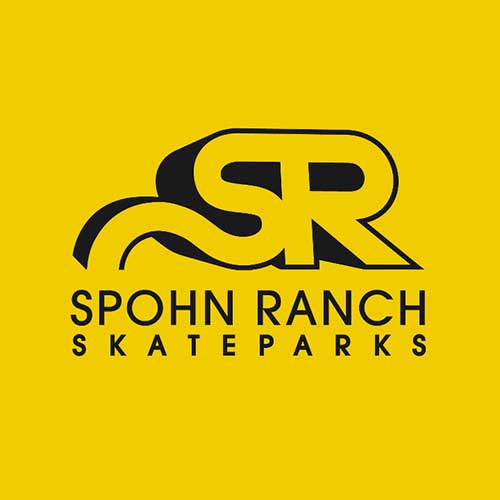Things you should know when building
Are you looking for a skatepark that won't be a maintenance problem? The word problem doesn't really have to be part of the equation, but whether you have wooden modulars or plan on building a concrete park, you'll have maintenance.
It's part of the game. So, something you'll want to consider when choosing your components is what material is best suited for your area.
You may live in a warmer, milder climate, and therefore it's not much of a problem for upkeep on wooden modulars. Or you may live in one of those states with two seasons, good skiing, and bad skiing. Well, what we're getting at is that it could snow much of the year there, and it's a little tougher to maintain wooden modulars. You won't want to be out at the park on the ice and snow anyway. But considering the climate, the concrete option might be the one to choose. That's not to say that it's such an impossibility to have wooden modulars there. It's just up to you. Make sure you ask the questions.
In talking with veteran skater, father of veteran skaters, and professional designer Jon Ortgiesen, a few of these points came to light. It's a good thing to be educated about what you're buying, and we have many manufacturers out there who know what is right for your climate and your space. Some are all-out design professionals. So make sure that you're asking the questions when you're considering designing your park.
There are considerations, such as including street skating elements in your park. These are the things, such as planters, that are normally taboo for the skater to even consider doing tricks on. When these types of elements are placed in your park and designated as alright for them to use, you'll have some happy skateboarders. We're just waiting for someone to design a skatepark with courthouse steps and rails in the middle and a sign that says try me. We certainly don't condone skating anywhere that is designated off limits to skateboarders, and we know that happens throughout most cities. It's all part of the grand scheme that we take care of and respect our cities and other citizens as well. Nothing is cooler than seeing young kids have fun and still respect their surroundings and other community members.
The point is, you can get creative with your design, and skateboarders are glad to have elements closer to using the street but without the risks of actually being on it.
Ask your design professional, get the kids and adults who will be using the facility together, and brainstorm. You never know what you'll come up with, especially if you get creative with your concrete designs. You might even get a landscape architect involved. Get city officials involved in the creative process. Chances are, many of them had a skateboard they at least experimented with as a kid. Ask them what they think.
A good park will have something for all levels of experience in skateboarding. Obviously, we all have to start somewhere when learning, and that does make a beginner, so have a place where beginning kids and adults, as well can get acquainted with the sport without having the experts buzz the tower. Give the same consideration to the intermediate and the expert user. Let them have their space. Everyone will be safer and happier.
"Think about the space you are putting between elements. The taller the element, the more space you need between it and the next. Don't have anything that is less than 14 feet between for say a two-foot high element." notes Ortgiesen.
In conclusion, designing a successful skatepark requires thoughtful planning, community engagement, and a deep understanding of the diverse needs of local skaters. By involving skaters in the design process, municipalities can create inclusive spaces that cater to various skill levels and disciplines, ensuring long-term use and community pride. Incorporating elements like street features, flow sections, and amenities such as shade structures and water fountains enhances the park's functionality and appeal. Ultimately, a well-designed skatepark becomes more than just a recreational facility—it serves as a vibrant community hub that fosters social interaction, physical activity, and a sense of belonging among users.

